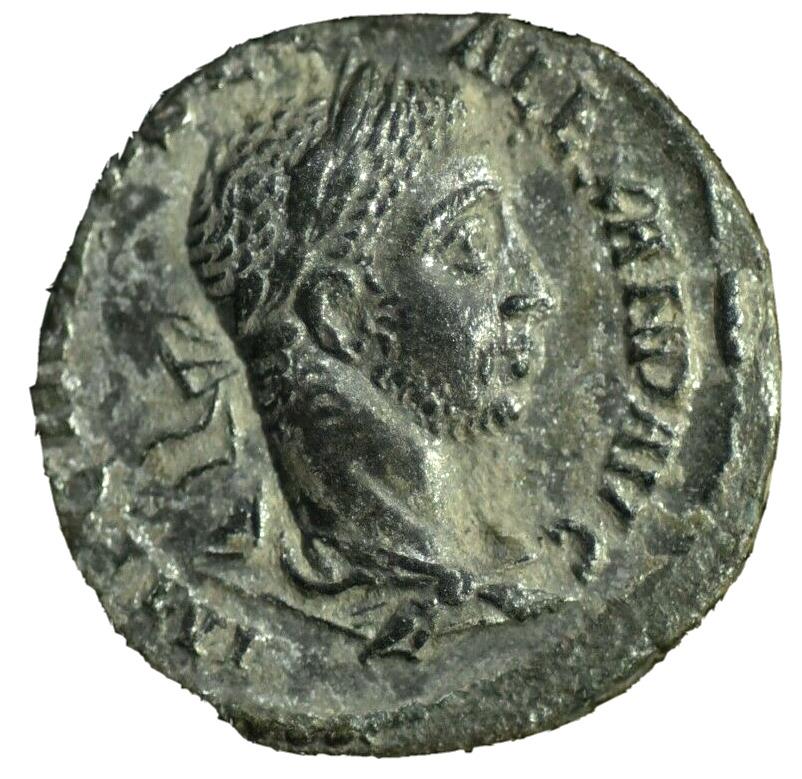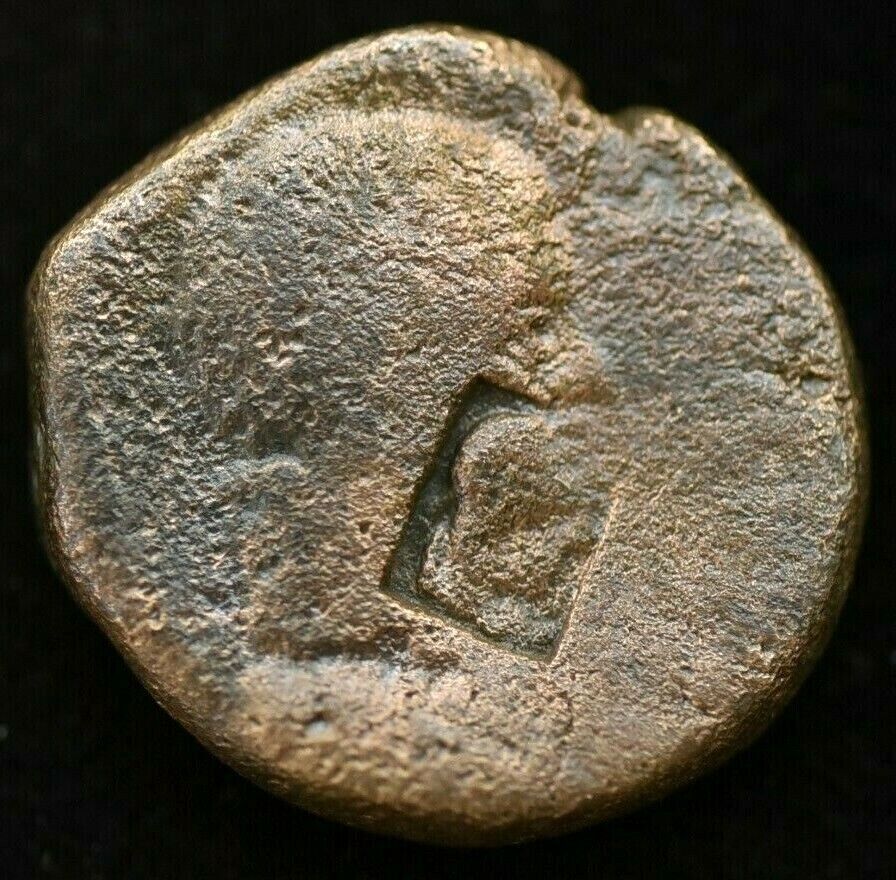-40%
Ancient Roman Herod Prutah of The Holy Land Coin with Certificate and Album
$ 32.28
- Description
- Size Guide
Description
Ancient Roman Herod Prutah of The Holy Land Coin with Certificate and Album.Coin may differ from image.
Herod I, the Great, was the most important member of the Herodian royal dynasty, which had its origins in the Arabic Edomite region of ancient Palestine. Members of this clan held powerful positions in the Holy Land for nearly two centuries--during a period in Judeo-Christian history that would be viewed by later historians as having profound impacts on the course of human history. Herod I was in the thick of these events. He was King of the region from 37 BCE until his death in 4 BCE. He ruled the region as a vassal state of Rome, during which period he accomplished much in the way of development of the country while maintaining economic and social stability.
There was no close tie between the king and his people; he remained an Edomite and a friend of Rome, only holding on to his power by the use of a merciless military force. He managed to hold power with the support of a succession of Roman leaders that came and went during the tumultuous Civil War period that resulted in the conversion of Rome from a republic to an empire ruled by emperors.
Herod was a complex character. He is seen by historians as a brilliant politician and the greatest builder in Jewish history, but also a ruthless madman who variously murdered his own family,
rivals, dissenters and anyone deemed a threat to his power. Although his heritage was a mixture of Jewish and Arab influences, he practiced Judaism and rebuilt Soloman's Temple, yet he also built many pagan temples and was an avid adherent of Roman and Greek pagan culture.
Herod The Great's brutality is described in the Bible, in the Gospel of Matthew. According to the scripture, the wise men from the East asked Herod where the King of the Jews was to be
born. Herod was deeply disturbed by the threat of a rival "King of the Jews", and ordered the slaughter of all boys under the age of two years in the area of Bethlehem. Joseph took Mary and
Jesus to Egypt for safety, eventually returning to Nazareth after Herod's death in 4 BC. On December 28th of every year, the Church Calendar commemorates the Feast Day of the Holy
Innocents, recalling the event of the Massacre.
Herod the Great built relentlessly -- cities, palaces and fortresses, some of which still stand. In addition to the massive Temple complex in Jerusalem also known as Herod's Temple, some
notable projects included:
• the fortresses at Masada, Antonia and Herodium
• the port city of Caesarea
• the huge edifice at the top of the Cave of the Patriarchs in Hebron
•
the massive fortifications around Jerusalem as well as three towers at the entrance to the city
Several types of bronze prutah coins were minted in Herod's name. They were all crudely minted
in small quantities. Most coins show only partial images of the original design elements. Herod
made an effort to portray pagan Roman and Greek themes while at the same time satisfying local
traditions. His designs all avoided images of animate objects, thus obeying the second
commandment forbidding graven images. This coin is the most common design. It shows a
double cornucopia and a central caduceus on one side and an anchor on the other. It is different
from the earlier Hasmonean dynasty designs. Absent is the paleo-Hebrew inscription, replaced
by Greek. Also, the earlier designs showing a pomegranate located between the cornucopias
were replaced on Herod's coins by a caduceus—a pagan symbol of prosperity
.
Over 23,000 positive feedbacks
ANA
Platinum Member # 3163853
All Items Ship Priority Mail.












